Packaging, transportation, and processing of indigenous small fish

Bimal Chand, Sourabh Dubey. (9/7/2024). Packaging, transportation, and processing of indigenous small fish, in "Perspectives and Applications of Indigenous Small Fish in India". Germany: Springer (part of Springer Nature).
One of the potent ways to increase the availability of ISF species in the market is to bring these species under commercial aquaculture. The present paper deals with packaging, transportation, and processing of ISF species from two different perspectives: (a) packaging, handling, and transportation of ISF as live fish as in the case of brood fish or seed and (b) packaging, transportation, and processing of ISF as food fish for human consumption. The types and methods of transportation of live fish depend on factors like species, age, density, and health condition, means of handling, transport duration, quality of water used during transportation, etc. Besides, the Live Fish Carrier System developed by ICAR-CIPHET is also discussed. ISF species, being small in size, are very delicate and highly perishable as food fish. Hence, they have relatively poor keeping quality as compared to large fish species, except the air-breathing species. These species require proper post-harvest handling and processing to increase their shelf life and retain their nutritional attributes. Post-harvest practices typically involve transferring the catch from the net, washing and sorting, icing, and packing, followed by transportation to the market, with crucial considerations including temperature control, transport and storage duration, and hygiene standards of handlers. The common products of ISF in India are fresh fish, iced fish, and processed products like dried fish, pickled fish, etc. A few ISF recipes and preparation techniques are discussed. Some ISF species may require special packaging and different handling procedures. The key nutrients and the associated health benefits of ISF are illustrated. The need for the inclusion of ISF in supplementary nutrition programmes is also argued.